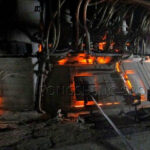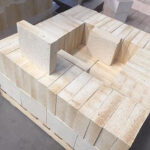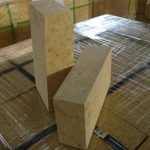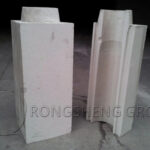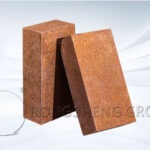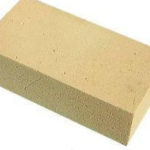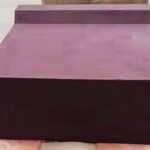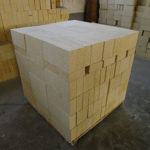The working temperature in the furnace of the incinerator burning hydrogen sulfide is about 1150 ℃, and the working conditions are harsh. It belongs to an acidic combustion atmosphere, but the temperature of the furnace will reach 1400 ℃ due to the fluctuation of materials and air volume in actual production. The amount of hydrogen sulfide gas is very unstable, and every combustion fluctuation in the furnace is a big thermal shock to the furnace lining.
Refractory Materials for Incinerators Linings of Burning Hydrogen Sulfide
And this kind of acid gas furnace lining is made of refractory materials, so it is very important to resist acid corrosion and thermal shock stability. The main body of the furnace can adopt a three-layer structure: the parts directly in contact with the flame should use corundum mullite bricks, which are characterized by strong wear resistance and corrosion resistance. The middle layer can choose grade III high-alumina bricks, because the working layer does not directly contact the flame, and the flexibility of grade III high-alumina bricks is better. The outer layer can be used as an insulation layer, and high-alumina insulating refractory bricks are used to keep the temperature down and reduce the temperature of the outer wall of the steel shell.
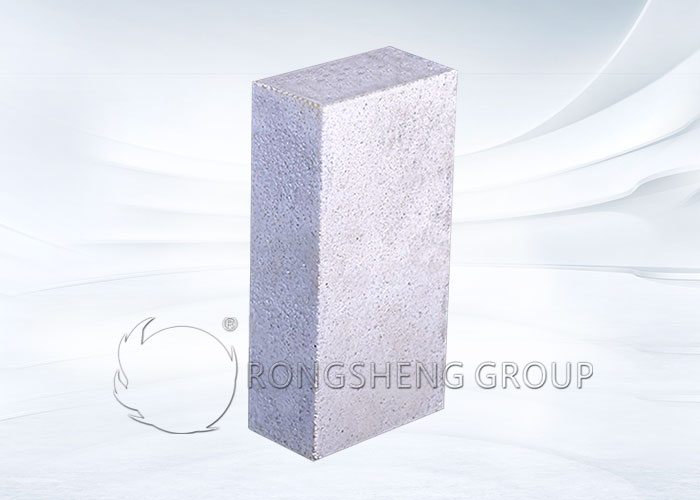
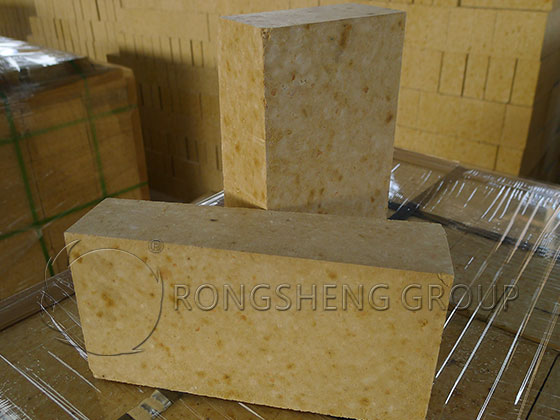
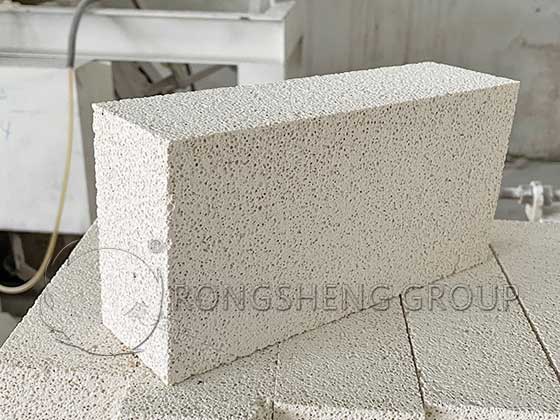
Corundum mullite brick is a refractory product composed of mullite as the main crystal phase and corundum phase. It is sintered at a high temperature of 1650-1750 ℃ and has good high-temperature strength, high-temperature creep resistance, thermal shock resistance, and corrosion resistance.
Grade III high alumina bricks. It is a series of alumina products made of high-alumina raw materials and clay as a binder and fired at a temperature of 1400°C. High thermal stability, and strong flexibility.
Lightweight high alumina brick. It has the characteristics of small bulk density, large porosity, low thermal conductivity, and specific heat capacity. It is used for heat insulation layers and has good heat preservation performance. In the case of slow cooling and heat dissipation, it can save fuel and reduce the temperature of the steel shell.
The incinerator burning hydrogen sulfide is one of the rare furnace types, so the corundum mullite brick in the refractory brick used for the lining is a high-grade refractory material. High-alumina bricks are neutral materials, and lightweight high-alumina bricks are used as a three-layer masonry lining to effectively improve the corrosion resistance of the incinerator. The refractory mud of the same material is used for masonry during construction to ensure the long-term safe and reliable operation of the incinerator.
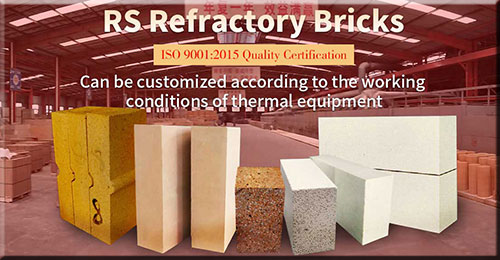
The Use and Temperature of Commonly Used Refractory Bricks
Refractory bricks, a shaped refractory material, are easy to obtain, high in strength, simple in construction, and have a wide range of uses. They are suitable for the masonry of various industrial furnaces and kilns, and their uses and operating temperatures are different.
- The physical and chemical indicators, dimensional tolerances, and cross-section spalling of ordinary refractory clay bricks should meet the specifications. Ordinary refractory clay bricks are used for refractory masonry in general kilns. The temperature of lining materials, furnace wall, furnace bottom, flue, etc. is below 1250 °C. The part of the combustion chamber is allowed to be used above 1400°C.
- The physical and chemical indicators, product dimensions, and allowable deviations of high-alumina bricks should comply with the specifications. High-alumina bricks are used in high-temperature and wear-resistant areas of general kilns or masonry with heavy loads, burner bricks, and masonry with special requirements. The vault in the high-temperature zone of the combustion chamber is allowed to use at a temperature of 1300-1650°C.
- The physical and chemical indicators of lightweight clay bricks, the allowable deviation of product size, and the cross-section requirements of shaped products should meet the specifications. Lightweight refractory clay bricks as kiln lining against the attack of high-temperature slag and aggressive gases. Depending on the capacity, the operating temperature is between 1150 and 1400°C.
- The physical and chemical indicators of lightweight high-alumina bricks and the allowable deviation of external dimensions should meet the specifications. It is used for the heat-resistant lining whose working temperature is lower than 1350℃, and it can also be used for masonry without the erosion of high-temperature molten material and can be directly in contact with the flame.
- General corundum bricks are suitable for the lining of the heavy oil gasification furnace with a working pressure below 3MPa, the important part of the lining of the saline wastewater incinerator, and the radiant burner bricks working at high temperatures. Generally, the service temperature of corundum bricks is below 1600-1670°C.
- Low-silicon fused corundum is suitable for occasions with a strongly reducing atmosphere, high hydrogen separation, and high-temperature water vapor. Such as large-scale synthetic ammonia plants, the gas-collecting pipe lining of the first-stage reformer, the lining brick of the second-stage reformer, and the high-temperature furnace lining. The physical and chemical indicators and dimensional tolerances of low-silicon fused corundum bricks should meet the specifications. The use temperature of low silicon fused corundum is below 1600℃~1670℃.
- Lightweight alumina products (such as lightweight corundum bricks) are used for heat-resistant and heat-insulating linings of high-temperature kilns, linings eroded by high-temperature and high-pressure water vapor, and generally act as linings on non-fire surfaces. The use temperature of alumina products is below 1400°C.
- Silicon carbide refractory bricks have good thermal conductivity, good thermal stability, can resist reducing atmosphere, and have high strength. Often used as heat-resistant and wear-resistant linings, and on occasions that require good thermal stability, thermal conductivity, and an anti-reducing atmosphere. The use temperature of silicon carbide refractory products is below 1400-1600°C.
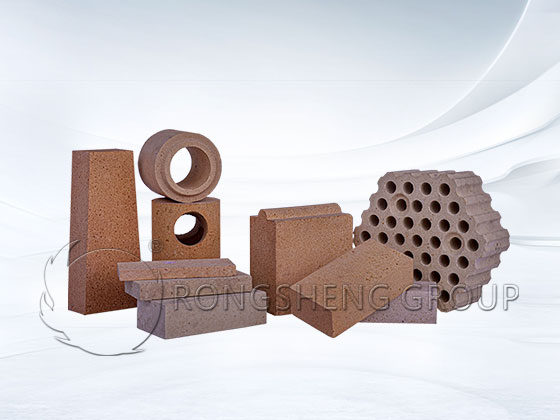
At What Temperature Are Dense High Alumina Bricks Suitable for Use?
High alumina bricks can be divided into lightweight and dense weights. Generally, dense refractory bricks are used in large quantities.
The use temperature of high alumina bricks is determined according to different chemical and physical indicators and different levels. High alumina bricks are usually divided into one, two, and three grades, and the Al2O3 content is between 55% and 75%. The alumina content of grade I high-alumina brick is 75%, the grade II alumina content is 65%, and the grade III alumina content is 55%. This is also the standard for defining different grades of high alumina bricks of different grades in the production process.
The high-alumina bricks produced under the current circumstances usually have high strength and low softening temperature under load. If there are bricks that require a high load softening temperature, sillimanite, kyanite or andalusite must be added to high alumina bricks to increase the load softening temperature of high alumina bricks.
But different grades of high alumina bricks use different temperatures. However, the overall operating temperature depends on the actual kiln operating conditions. Generally between 1200-1400°C, usually, grade III high-alumina bricks are used for lining at 1200-1250°C. The secondary high alumina bricks are used between 1250-1350 ℃, and the primary bricks are used in the lining of 1300-1400 ℃. However, it is also used in the furnace lining above 1400 ℃, that is because the high alumina brick is added to the composite brick made of corundum or mullite. The price of composite bricks is high, and the production cost is relatively high. However, for the serious corrosion of the lining, it is better to choose products with a consistent atmosphere.
High alumina bricks have higher refractoriness than clay bricks and semi-silica bricks. However, it must not be used in kilns with temperatures exceeding 1600°C. Corundum bricks with an aluminum content greater than 90% can be used in furnace linings above 1600 °C.
Although the high alumina brick has high strength, stress concentration is caused by the difference in expansion when the temperature changes. The thermal shock stability will be poor, even not as high as that of clay bricks. However, its wear resistance and load softening temperature are higher than those of clay bricks, and it has a certain low resistance to weak acid-base linings. However, in the case of strong alkalis and strong acids, it is better to choose products of the same nature.
Due to the high firing temperature of high alumina bricks, the firing time is sufficient. Therefore, the volume is stable, the change of the re-burning line is small, and the use effect is better than that of clay bricks, clay castables, and high-alumina castables.
RS refractory brick manufacturer is an experienced manufacturer and seller of refractory bricks. High-quality refractory brick lining materials can be provided for various industrial kilns. At the same time, we can also provide the design and construction of insulation layer refractories for industrial furnaces. Contact us for free samples and quotes.

